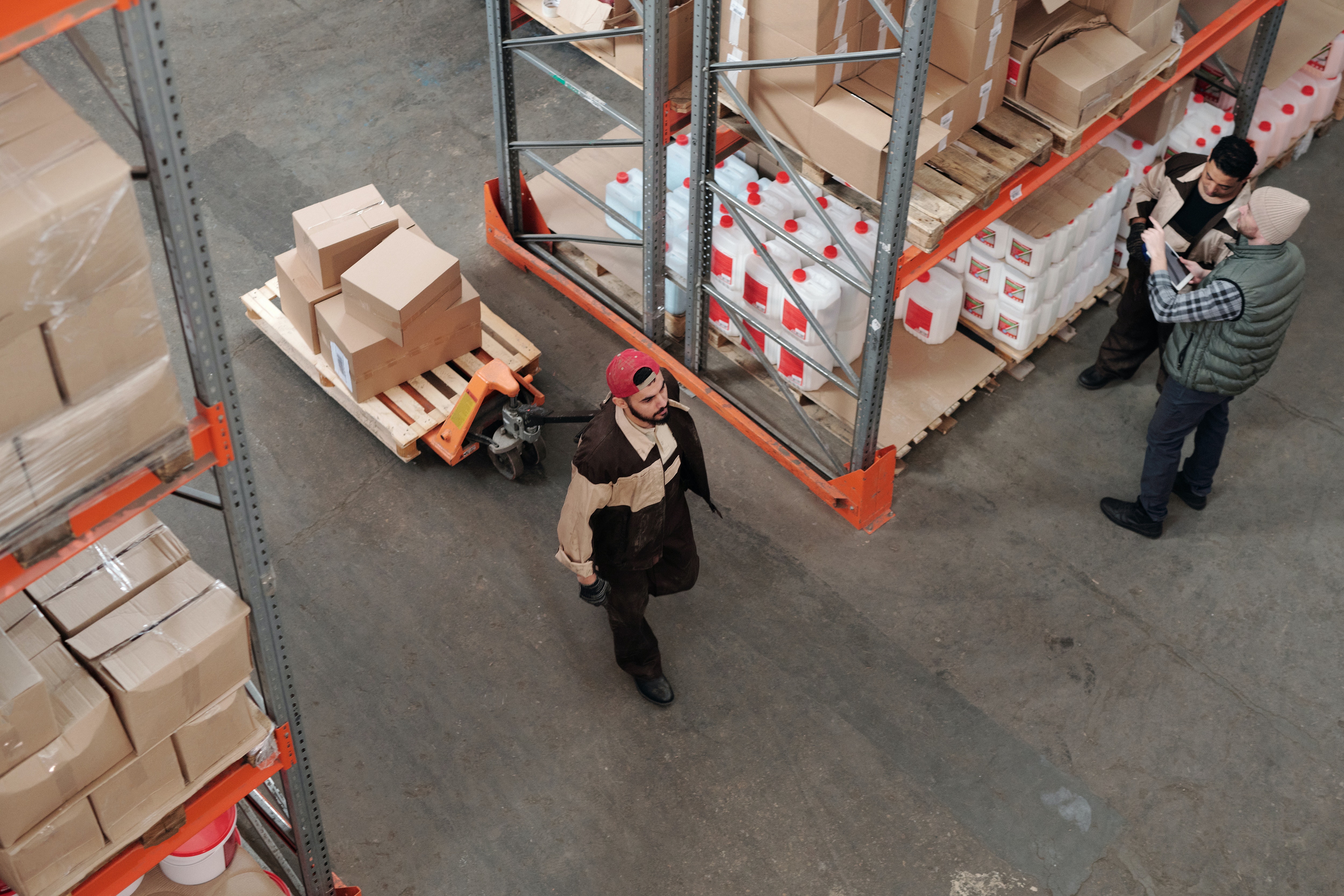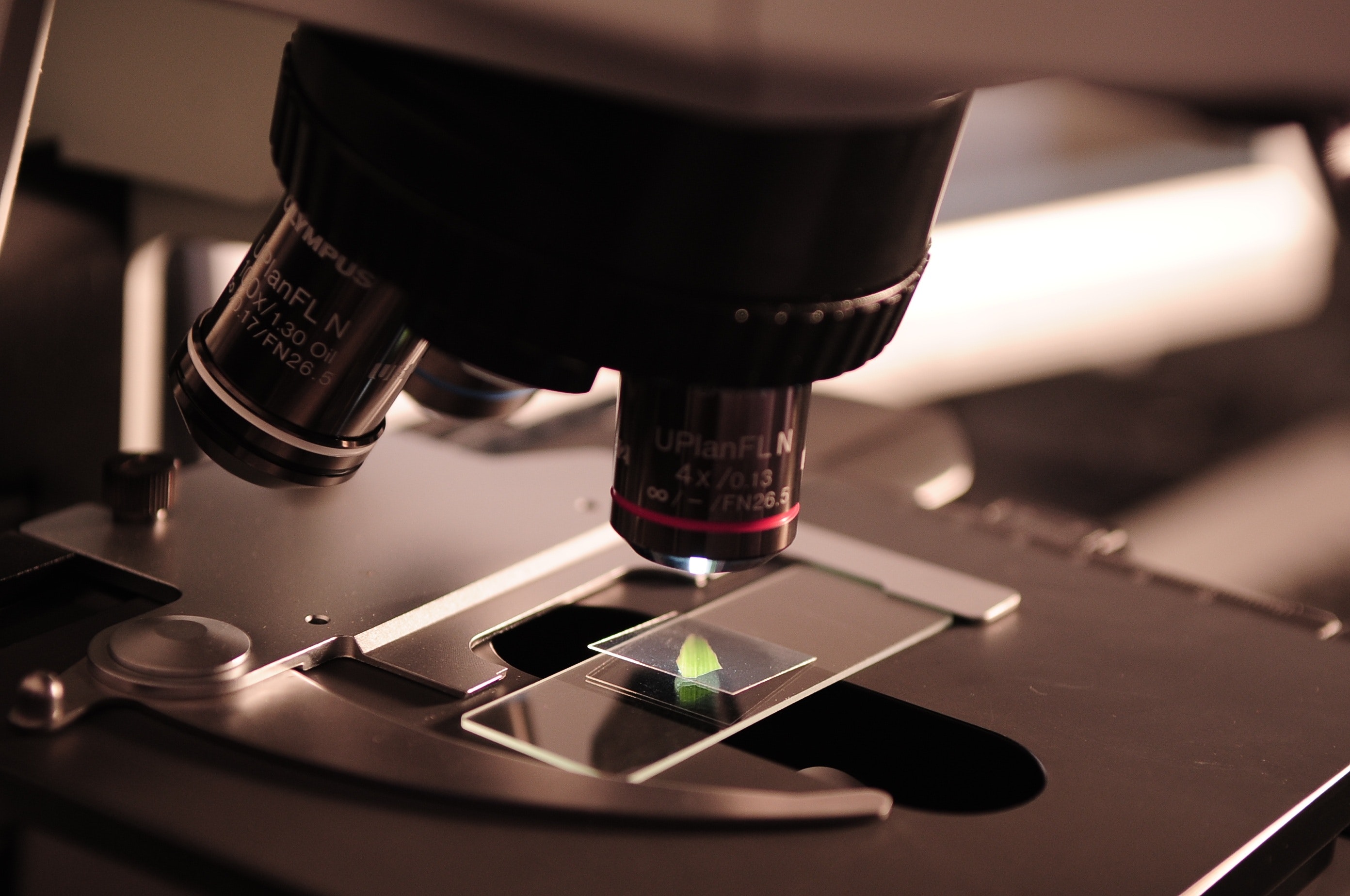In the European Union (EU), the application routes for obtaining marketing authorization for medicinal products can be categorized into two main procedures: the centralized procedure and the national procedures.
The centralized procedure is applicable for certain types of medicinal products, such as biotechnology-derived products, orphan drugs, and products for human use containing new active substances. It involves submitting an application directly to the European Medicines Agency (EMA) for evaluation. If approved, the marketing authorization is valid in all EU member states.
For products not eligible for the centralized procedure, national procedures are followed. These procedures involve submitting applications to individual national regulatory authorities of each EU member state where the marketing authorization is sought. Each national authority evaluates the application independently based on its national requirements, including quality, safety, and efficacy data. If granted marketing authorization, it is valid only in the respective member state.
The national procedures require compliance with the EU legal framework and relevant guidelines, but there may be variations in requirements and timelines across different member states. Applicants need to provide the necessary documentation and data to meet the specific requirements of each national authority.
To streamline the process, the EU has introduced mechanisms to facilitate cooperation and harmonization among member states, such as the Mutual Recognition Procedure (MRP) and the Decentralized Procedure (DCP). These procedures allow for the recognition of assessments conducted by one member state and subsequent mutual recognition by other member states.
In conclusion, while the centralized procedure offers a single marketing authorization valid throughout the EU, national procedures are followed for products not eligible for centralized evaluation. Applicants need to comply with the requirements of individual member states and may utilize mechanisms like MRP and DCP to facilitate the process.






